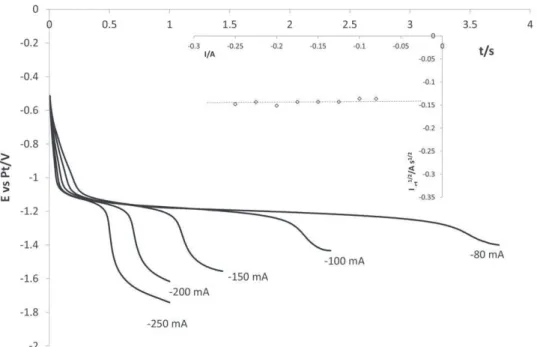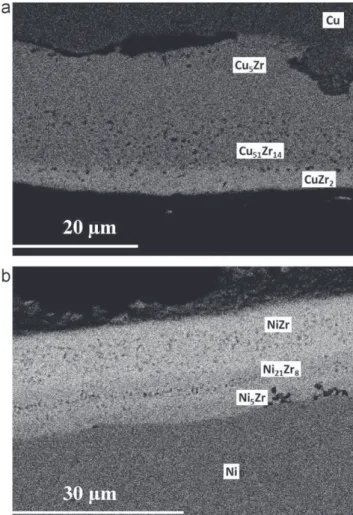Investigations of Zr(IV) in LiF-CaF2: stability with oxide ions and electroreduction pathway on inert and reactive electrodes
Texte intégral
Figure




Documents relatifs
This paper presents a methodology for the optimal sizing of a system for the production of fresh water and electricity, for an isolated site, with brackish water well,
• A-22 → Utiliser le même type et la même longueur pour une variable mise en COMMON dans toutes les routines qui l’utilisent [4]. • A-23 → Appeler les routines avec le bon
La sélection, effectuée en octobre 2017, représente 2 052 photos pour Regards avec un corpus surtout centré sur le Brésil (66%, presque exclusivement d’Hervé Théry), mais aussi
Alors sans faire de bruits , je fis signe à Jack de me suivre en se taisant puis fit un regard bref à la vitre et je vis un chat avec une cagoule et un fusil de la taille
L’archive ouverte pluridisciplinaire HAL, est destinée au dépôt et à la diffusion de documents scientifiques de niveau recherche, publiés ou non, émanant des
In summary, this work allowed to successfully synthesize new Schiff base ligands, bearing pyrrole moieties in their structures, as well as their Cu(II) complexes by means of a simple
The assumption of a metastable equilibrium between the amorphous phase and the terminal solid solutions predicts a compo- sition range of amorphous formation between 31 and 81 at.%
It is found that, due to an electron injection which cannot be avoided, metal particles are formed below the surface which act as a kind of « reversible dendritic electrode »;
